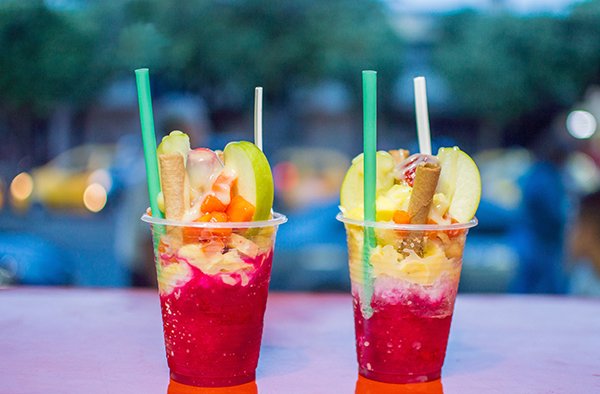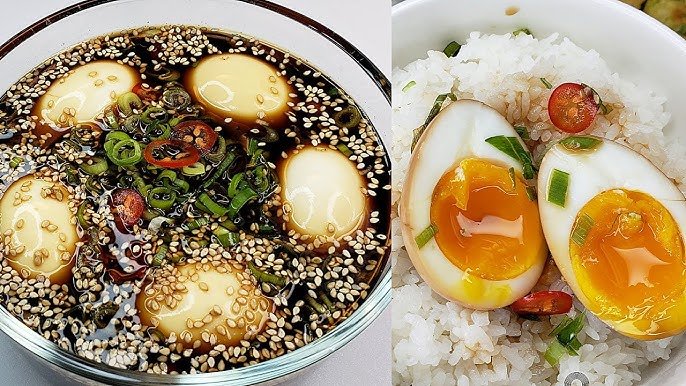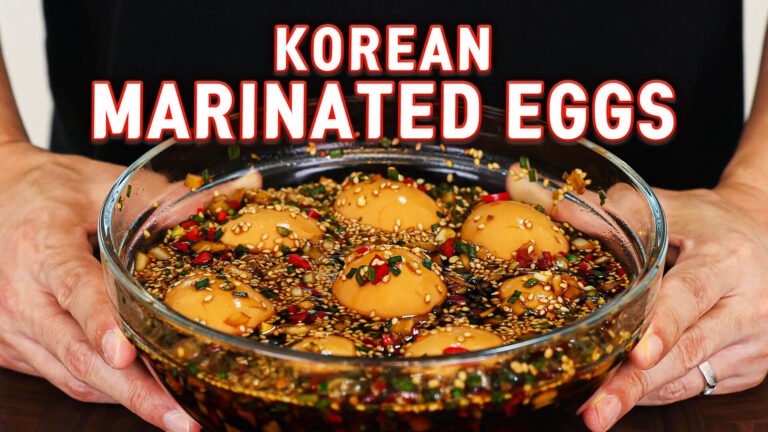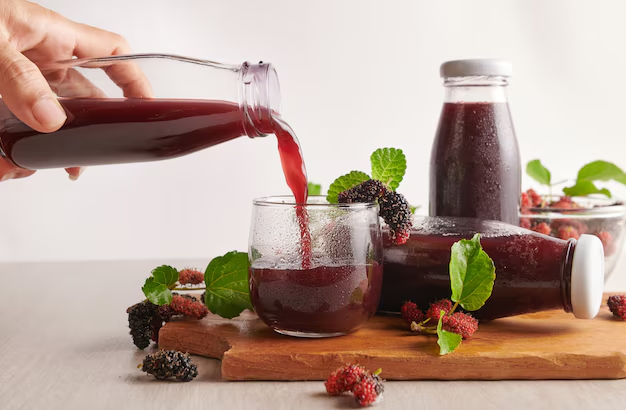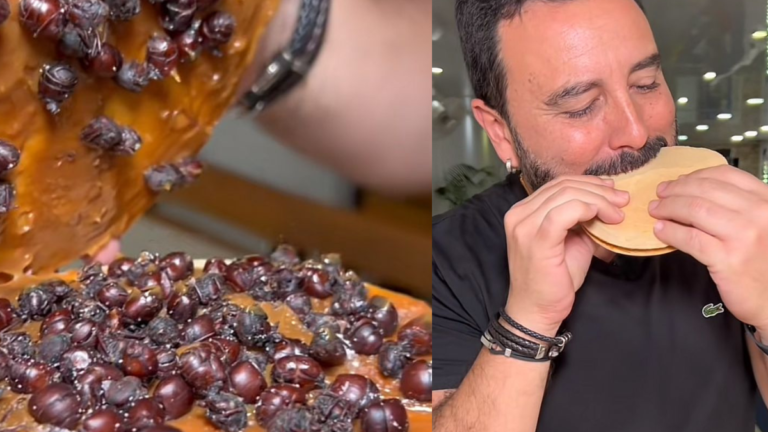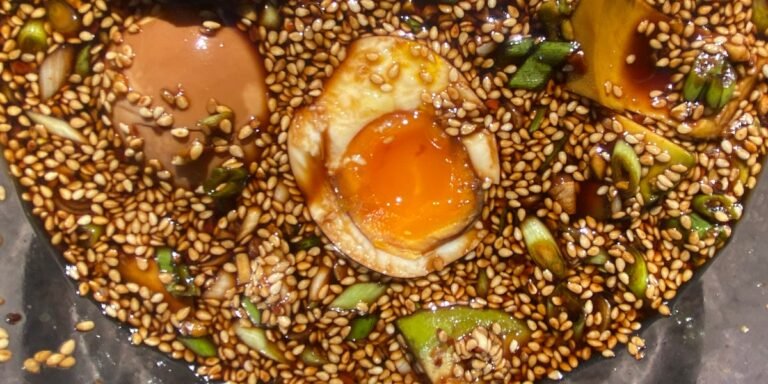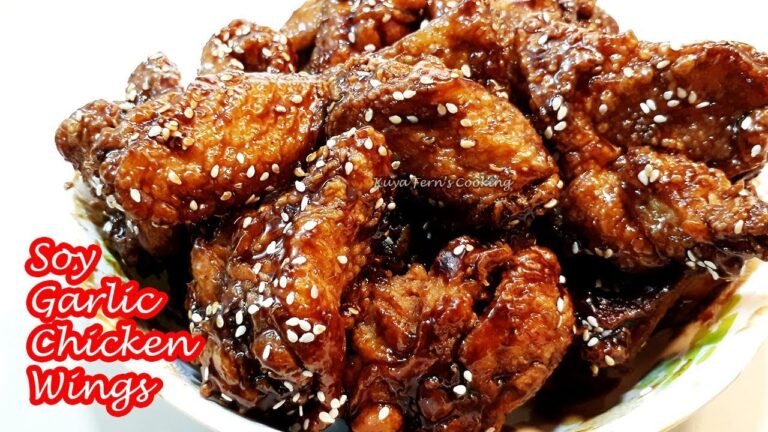Raspas: The Ultimate Guide to Mexican Shaved Ice Treats
What Are Raspas?
Raspas, the beloved Mexican shaved ice dessert, has been refreshing people for generations. These colorful and flavorful treats are more than just crushed ice with syrup – they represent a cultural tradition that has evolved into a modern-day favorite. Whether you’re strolling through the streets of San Antonio or visiting a local Mexican neighborhood, you’re likely to encounter street vendors and shops specializing in these icy delights.
The History and Origins of Raspas
The history of raspas dates back centuries, with roots deeply embedded in Mexican culture. Originally, ice was harvested from mountain tops and stored in underground chambers. Vendors would scrape the ice by hand and flavor it with natural fruit juices. Today’s raspas maintain this traditional essence while incorporating modern preparation methods and an expanded variety of flavors.
How Raspas Differ from Other Shaved Ice Desserts
While many cultures have their version of shaved ice treats, raspas stand out for several reasons:
- Texture Perfection: Raspas feature a distinctively fine, snow-like consistency that sets them apart from coarser shaved ice desserts
- Authentic Flavoring: Traditional raspas use natural fruit syrups and fresh ingredients rather than artificial flavorings
- Cultural Presentation: The preparation and serving style of raspas often includes unique Mexican elements and traditions
Popular Raspas Flavors and Combinations
Looking to explore the world of raspas? Our friends at 10for10 recommend trying these classic flavors:
Traditional Favorites
- Chamoy: A sweet, sour, and spicy combination that includes tamarind and chili
- Mango: Fresh mango syrup often topped with chamoy and chili powder
- Tamarind: A tangy favorite that perfectly balances sweet and sour notes
Modern Interpretations
The contemporary raspas scene has evolved to include innovative flavors while maintaining traditional preparation methods:
- Strawberry Cream: Shaved ice topped with fresh strawberry syrup and Mexican cream
- Tiger’s Blood: A combination of watermelon, strawberry, and coconut
- Blue Hawaii: A tropical blend featuring coconut and pineapple
Making Raspas at Home
Essential Equipment
To create authentic raspas at home, you’ll need:
- A quality ice shaver or shaved ice machine
- Fresh syrups and flavorings
- Traditional Mexican toppings
- Serving cups and spoons
Step-by-Step Preparation
- Start with high-quality ice blocks or cubes
- Shave the ice until it reaches a snow-like consistency
- Pack the ice gently into a serving cup
- Add your chosen flavoring syrup
- Top with traditional garnishes like chamoy, lime, or chili powder
The Cultural Significance of Raspas
Raspas represent more than just a refreshing treat – they’re a symbol of Mexican culture and community. Street vendors, known as “raspaderos,” often become neighborhood fixtures, creating gathering spots where people connect and share experiences over these icy treats.
Health Considerations and Modern Adaptations
Healthy Options
Modern raspas vendors often offer:
- Sugar-free syrups for diabetic customers
- Natural fruit-based options
- Reduced-calorie alternatives
Dietary Modifications
To accommodate various dietary preferences, many vendors now provide:
- Vegan-friendly options without dairy-based toppings
- Organic fruit syrups
- All-natural coloring alternatives
Where to Find the Best Raspas
Street Vendors
Traditional street vendors often offer the most authentic raspas experience. Look for:
- Established vendors with regular locations
- Clean preparation areas
- Fresh ingredients and properly stored ice
Specialty Shops
Modern raspas shops provide:
- Extended menu options
- Comfortable seating areas
- Consistent quality and service
The Business of Raspas
Starting a Raspas Business
For entrepreneurs interested in the raspas business, consider:
- Initial equipment investment
- Health department regulations
- Location selection
- Supplier relationships
Seasonal Considerations
Understanding the seasonal nature of the business is crucial:
- Peak season during summer months
- Alternative menu items for cooler weather
- Storage and equipment maintenance during off-season
Tips for the Perfect Raspas Experience
Serving Suggestions
To enhance your raspas experience:
- Serve immediately after preparation
- Use appropriate serving containers
- Include traditional accompaniments
- Maintain proper ice temperature
Storage and Preparation
For optimal results:
- Store ice at correct temperatures
- Clean equipment regularly
- Prepare syrups fresh daily
- Maintain proper hygiene standards
The Future of Raspas
Evolving Traditions
The raspas tradition continues to evolve with:
- New flavor combinations
- Modern preparation techniques
- Innovative presentation styles
- Fusion with other dessert types
Sustainability Efforts
Modern vendors are increasingly focusing on:
- Eco-friendly serving containers
- Sustainable ice production
- Natural ingredients
- Reduced waste practices
Conclusion
Raspas remain a beloved treat that bridges traditional Mexican culture with modern dessert preferences. Whether enjoyed from a street vendor or prepared at home, these icy delights continue to refresh and delight people of all ages. As the tradition evolves, raspas maintain their cultural significance while adapting to contemporary tastes and preferences.
Frequently Asked Questions About Raspas
Q: What’s the difference between raspas and snow cones?
A: Raspas typically feature a finer, more snow-like texture and use traditional Mexican flavors and toppings.
Q: Are raspas healthy?
A: While traditional raspas are sugar-based treats, many vendors now offer healthier alternatives with natural sweeteners and fruit-based options.
Q: Can I make authentic raspas at home?
A: Yes, with the proper equipment and ingredients, you can create authentic raspas at home, though achieving the perfect texture requires practice.
Q: How long have raspas been around?
A: Raspas have been part of Mexican culture for centuries, with the tradition being passed down through generations of vendors and families.

